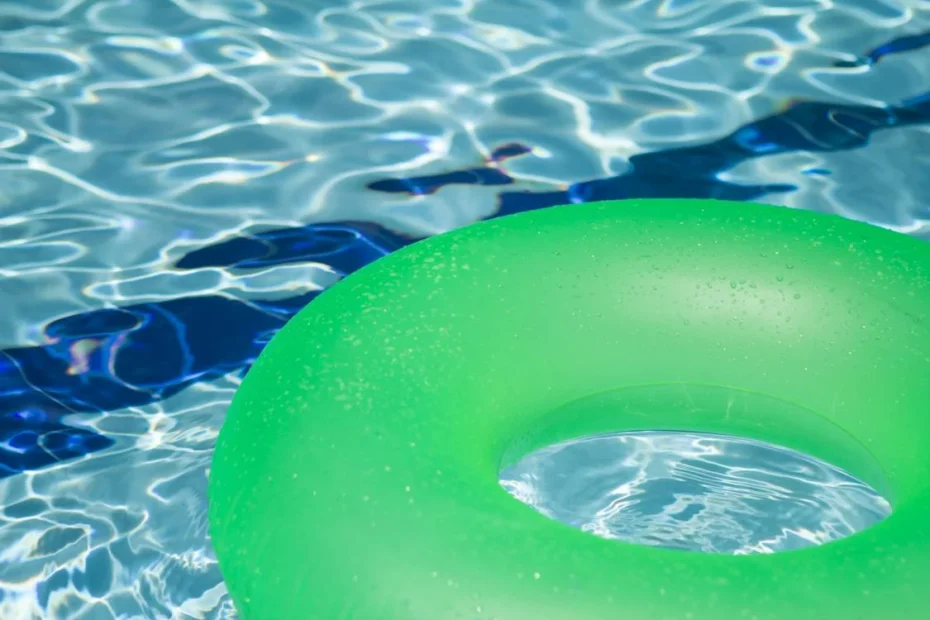Introduction
Maintaining a pool is a vital aspect of owning one. Without routine care, a pool can lose its sparkle and can become a breeding ground for bacteria and algae. Regular maintenance also extends the pool’s lifespan, saves money on significant repairs, and ensures the safety of the swimmers. This article provides a comprehensive guide to pool maintenance to help pool owners keep their facilities optimal.
Understanding the Basics
Owning a pool is a big responsibility and having a basic understanding of the system is key. A typical pool system comprises a pump, filter, heater, return jets, drains, and an optional cleaning system. Knowing how these parts function can help in diagnosing problems and performing maintenance tasks.
Regular Skimming and Scrubbing
The first step in maintaining a pool is regular skimming and scrubbing. Skimming removes debris, leaves, and bugs from the pool’s surface. During the pool season, skimming should be done daily to ensure that the water remains clean and clear.
In addition to skimming, scrubbing the sides of the pool prevents algae growth. A soft brush can be used to scrub the sides once a week. For stubborn spots, an old sock filled with chlorine can be kept over the spot for several hours before scrubbing to get rid of the stain.
Cleaning the Pool Filter
The pool filter plays a significant role in keeping the water clean by removing dirt, leaves, and even microscopic debris. It’s crucial to clean the filter regularly to keep the pool in pristine condition. There are three types of pool filters – cartridge, sand, and diatomaceous earth, and each requires different cleaning methods. Usually, the filter should be cleaned every 4-6 weeks or after heavy storms or large pool parties.
Checking and Maintaining Water Levels
Water level is another essential aspect of pool maintenance. Too much water can dilute the chemicals, making them less effective, while too little can damage the pump. The water should reach approximately halfway up the opening of the pool skimmer. During the pool season, it’s best to check the water level weekly and make adjustments as necessary.
Balancing Pool Chemicals
In maintaining a sparkling clear pool, it’s crucial to ensure the right balance of pool chemicals. This will not only maintain the water’s clarity but also prevent skin and eye irritations.
Key measures include pH, Alkalinity, Chlorine, Cyanuric Acid, and Calcium Hardness. Each has an ideal range and balancing them guarantees a healthy swimming environment. Regular testing can be done using a home testing kit or by a pool professional.
Regular Inspection of Pool Hardware
The pool hardware – pump, filter, heater, and cleaning equipment should be routinely inspected for any leaks, malfunction, or wear and tear. Fixing problems as they arise will prevent expensive repairs in the future and extend the life of your equipment.
Professional Help
Lastly, it’s advisable to schedule regular professional pool maintenance. Professionals have the expertise and equipment to perform deep cleaning, inspect the pool thoroughly for any problems, and ensure that the pool parts are functioning optimally.
Conclusion
Maintaining a pool may seem like a daunting task, but with a regular maintenance schedule and understanding of the pool system, it becomes manageable. Proper pool care includes regular skimming, scrubbing, cleaning the filter, maintaining the right water levels, balancing chemicals, and routine inspection of hardware. However, remember to seek professional help when necessary. By doing all these, you can ensure that your pool remains a clean, safe, and enjoyable retreat for many years.
